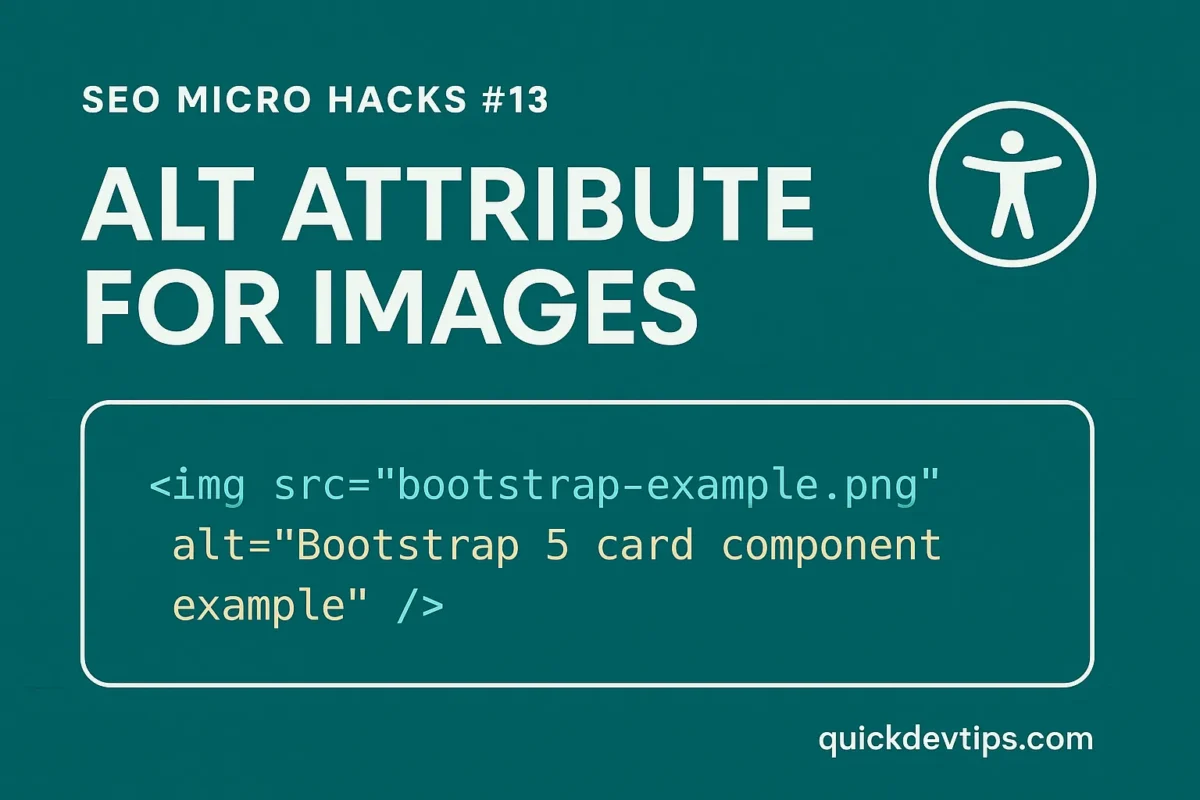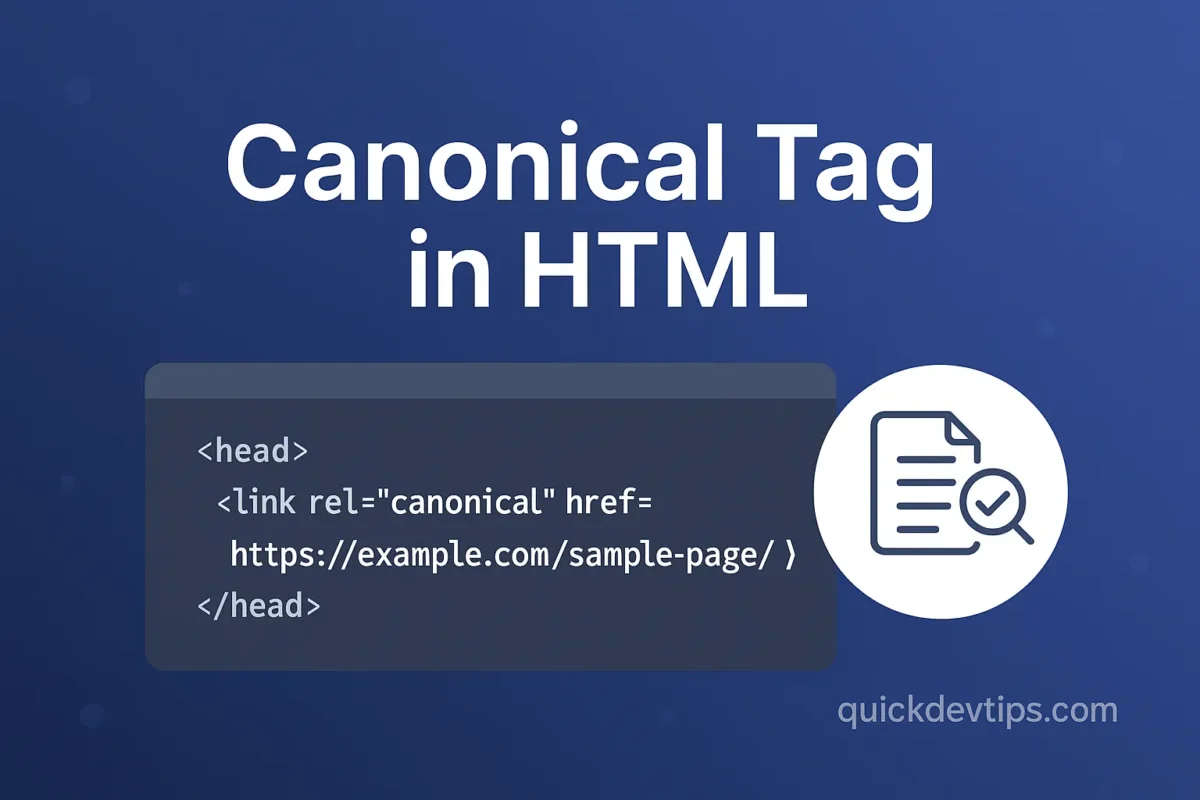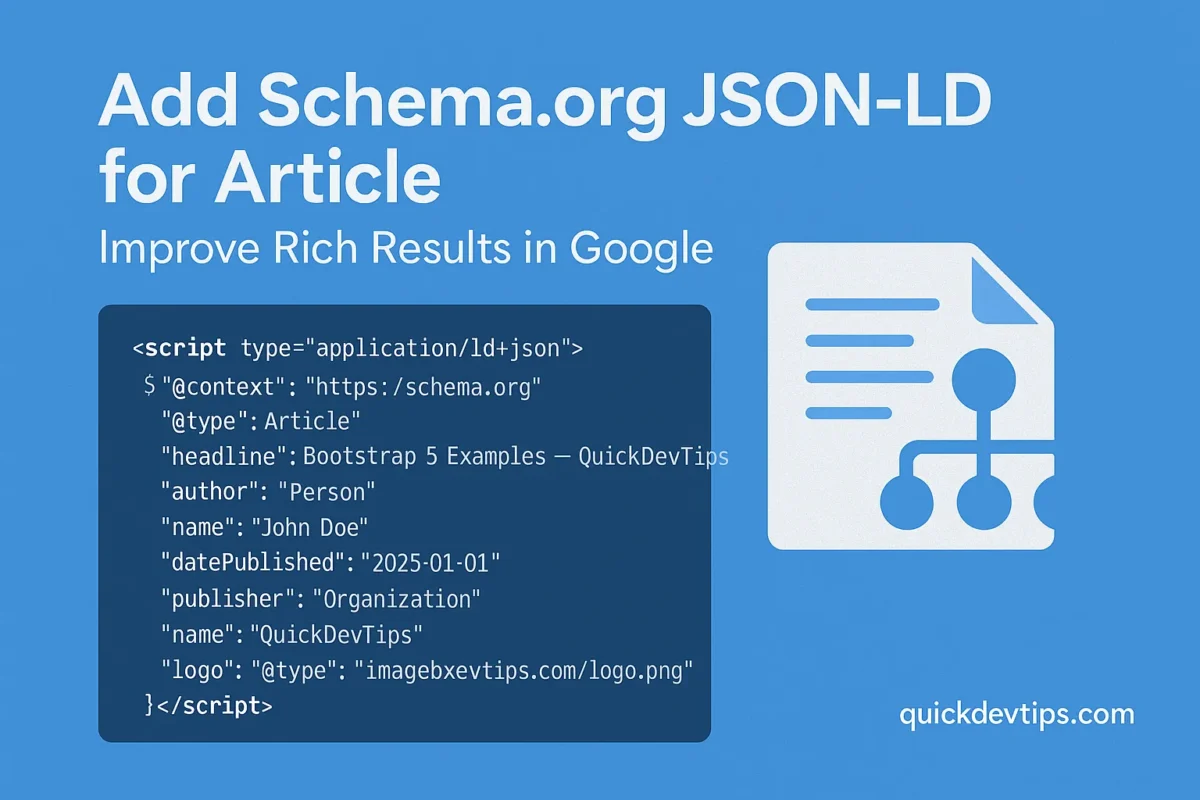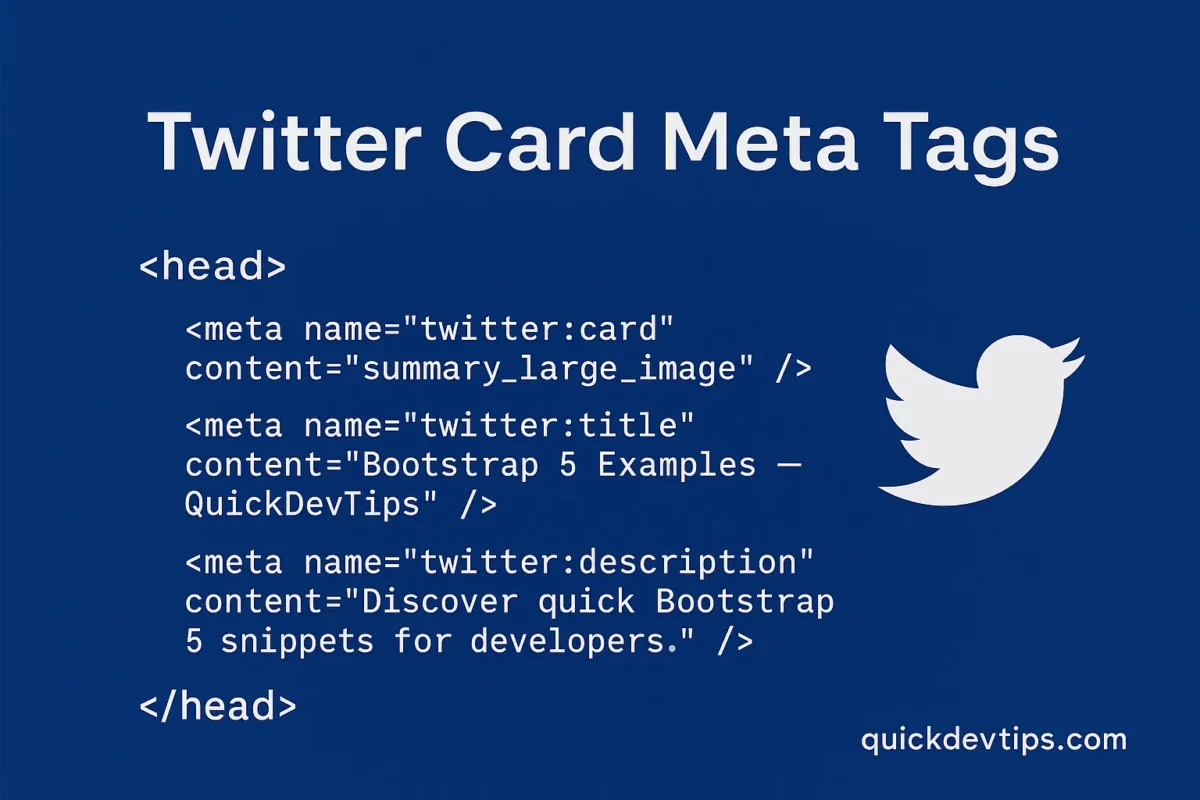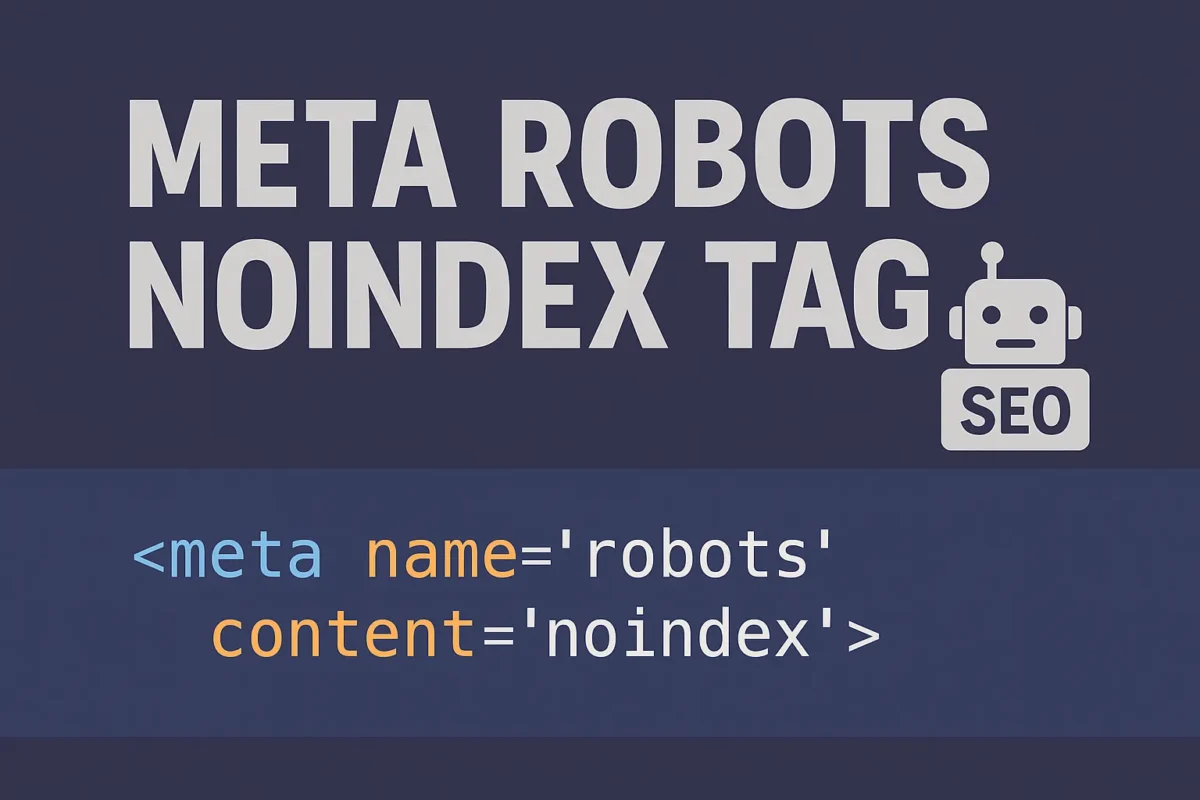Alt Attribute for Images — Improve SEO and Accessibility
Introduction Alt Attribute for Images provides alternative text descriptions for images in HTML. It improves SEO by giving context to search engines and enhances accessibility for screen readers. Alt Attribute Example How It Works The alt attribute describes the content or function of an image. If the image fails to load, the alt text is … Read more
